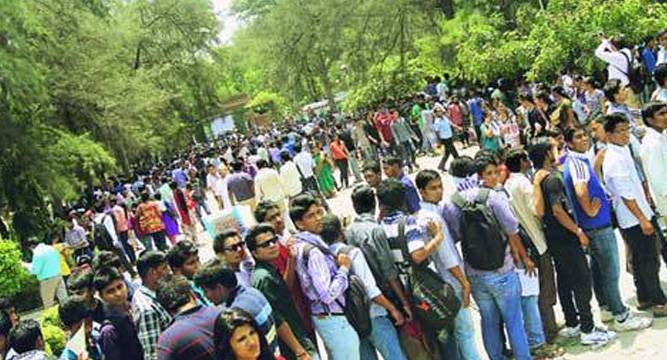India’s migration patterns are skewed on more than one count. Uttar Pradesh and Bihar have a disproportionately high number of out-migrants, while migrants constitute more than one-third of the population in metros like Delhi and Mumbai.
The reason for migration among the women is mainly due to marriage, and distance is a critical factor in determining the gender gap in migration for work and education.
- As per the reports, Uttar Pradesh and Bihar are responsible for the most migrants. According to the 2011 Census, 20.9 million people migrated outside from the two states. This is 37% of the total number of people who were inter-state migrants according to that enumeration. Data on migrants from Census 2011 has just become available.
- Delhi and Mumbai are widely considered migrant magnets and the 2011 Census bears that out.According to it, many migrants from other states in Delhi and Mumbai numbered 9.9 million, or almost a third of the combined population of 29.2 million in these two metropolises that year.
- The Hindi belt attracts more of the migrants. According to the census, four states, Uttar Pradesh, Bihar, Rajasthan and Madhya Pradesh accounted for 50% of India’s total inter-state migrants. On the other side, Maharashtra, Delhi, Gujarat, Uttar Pradesh and Haryana housed 50% of the country’s inter-state migrants.
These shares are much higher than the share of these states in India’s total population. Interestingly, Uttar Pradesh figures in both lists .There are people who live in search of livelihoods but there are also clearly people who leave in order to fill their stomachs.
- There was an increase in the growth rate of migrants headed for other destinations within their own states between 2001 and 2011 as compared to those headed outward. The number of so-called inter-state migrants grew at 55% between the 1991 and the 2001 Census.
Not only are people moving within states, they are moving within districts. The growth in intra-district migration (movement within the same district) increased from 33% to 45% between 1991-2001 and 2001-11. Evidently, people are finding better opportunities closer home than they were before.
- The reasons for migration in India varies by gender. Two-thirds of women who reported having migrated from their last place of residence cited marriage as the reason. Among men, work and business account for one-third of total migrations, which is also the single largest reason for migration among men. While migration for marriage among women is skewed towards closer distances, men do not seem to factor in distance while migrating for work.
The gender-gap in migration increases with the distance of migration for economic purposes (work, business and education).
~Rakshita Aggarwal













